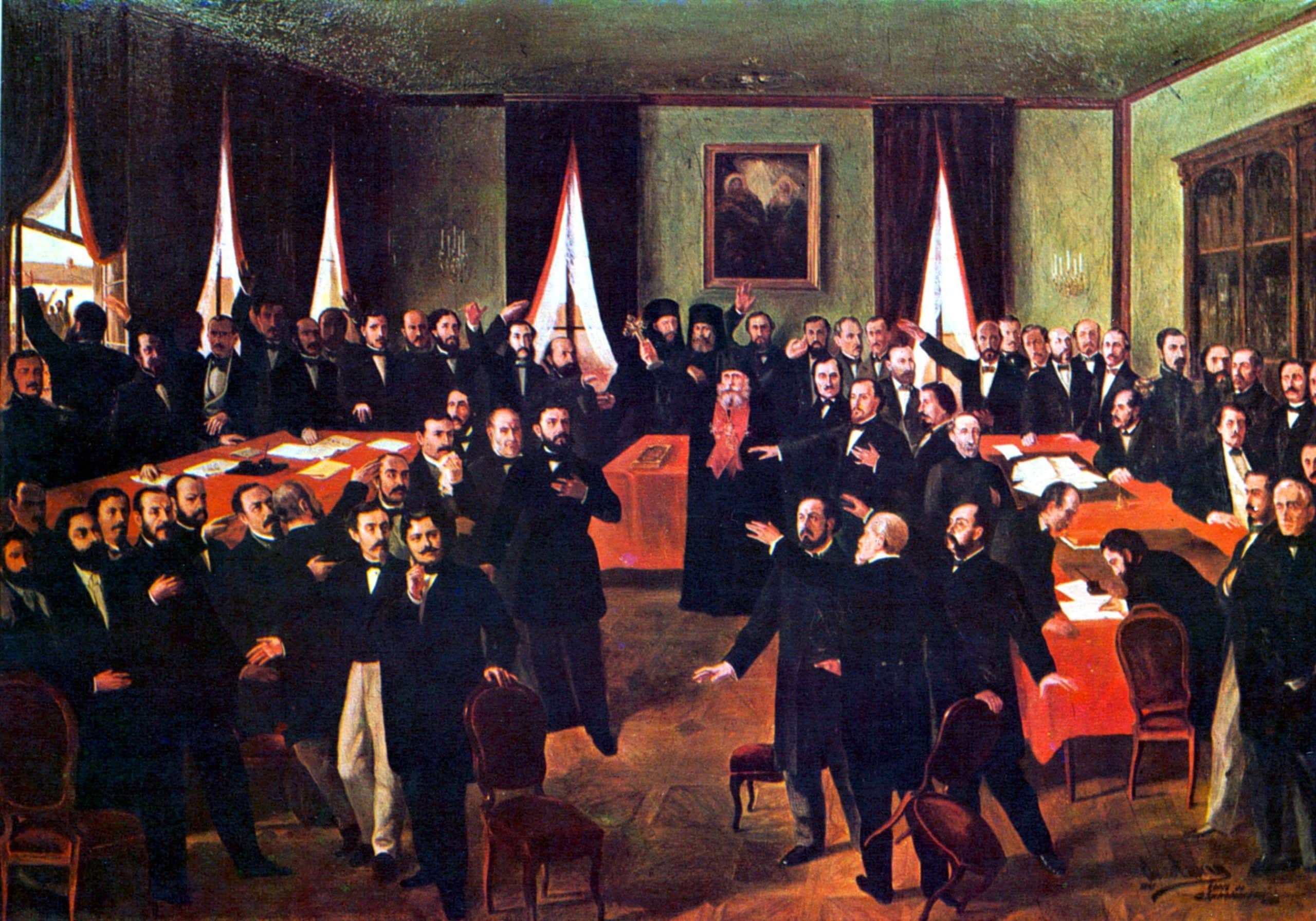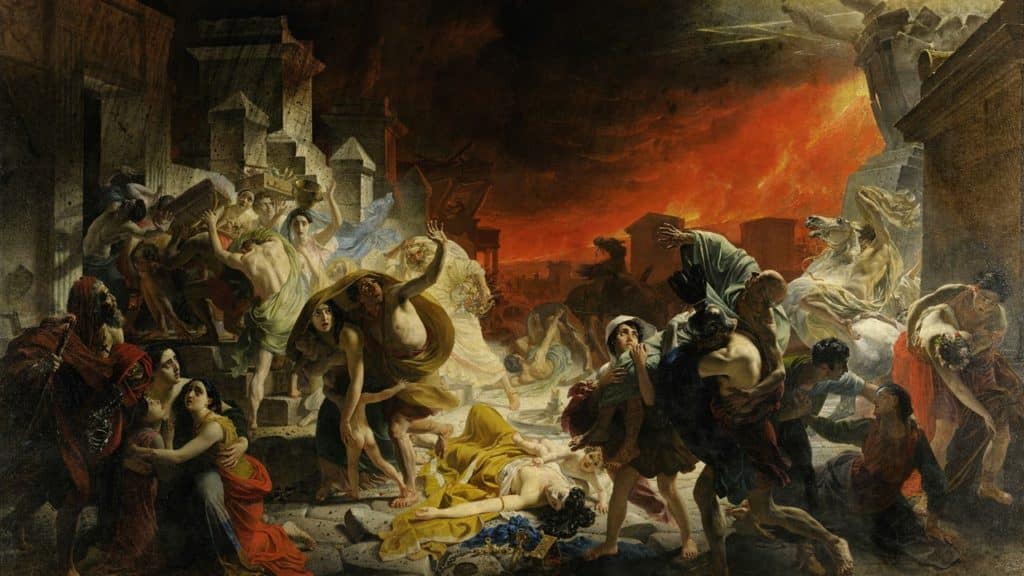This Week in History recalls memorable and decisive events and personalities of the past.
5th February 1862 – Moldavia and Wallachia formally unite to create the Romanian United Principalities

The lands what would come to form the heartland of the modern-day nation of Romania have a long and complex history. The area enters the historical record in a significant way when it is referred to as the lands of Dacia by the Romans. In the year 106 the lands were conquered by the Roman emperor Trajan and were set up as a frontier province to shield the Balkans from invasion by tribes living north of the Danube River.
The province of Dacia was heavily militarised, and the large number of Roman legionaries may be the reason why the modern Romanian language is considered a Romance language like Italian, French and Spanish.
The Romans would formally abandon the province around the year 296 AD under the direction of the emperor Diocletian, who saw the province as too exposed to defend. However, some Roman influence and settlement probably remained, which is why the language which became Romanian survived to the modern day.
The Romans would return in 334 AD but wouldn’t expand their control as much as during Trajan’s reign and would eventually leave the region again.
Unfortunately, Eastern Romania suffered from poor geography, forming a pathway for people coming from the Eurasian Steppe into Europe without having to cross mountains. Over the next few centuries much of what is today Romania was conquered by Goths, Huns, Lombards, Avars, Bulgarians, Slavs, Hungarians, Pechenegs, Cumans and Mongols. Through all this, a local population of Romance language-speaking people, generally referred to as Vlachs, endured.
Things would change when, in the 1290s, a semi-mythical Vlach prince crossed from the Hungarian-controlled province of Transylvania, (which is part of Romania today) and conquered Mongol territory north of the Danube, settling it with Vlachs and Germans. In the 1330s this region, which came to be known as Wallachia, revolted and broke away from Hungarian rule to become the first independent Romanian polity in history.
In the 1350s another Vlach prince conquered some territory around the Moldova River, to the north of Wallachia, on behalf of the Hungarian king. This region too would become independent in 1359 as the principality of Moldavia.
Over the next few centuries, the two Romanian principalities would become battlegrounds for the powers bordering them; Moldavia would pass between the control of the Kingdom of Poland and the Ottoman Empire and Wallachia would move from Hungarian control to eventually also falling under Ottoman influence. It is during this time that Wallachia’s most famous Prince, Vlad Dracula – also known as Vlad the Impaler (he would partially become the influence for Count Dracula) – ruled, and famously fought against the Ottoman Empire.
At the beginning of the 1600s a Wallachian prince called Michael the Brave would briefly rule most of the land of modern-day Romania when he became prince of Wallachia, Moldavia and Transylvania. This was not to last and after his death the three principalities fell under Ottoman domination.
At the end of the 18th century the great powers of the Austrian-Hungarian Empire, the Russian Empire and the Ottoman Empire would all clash over the control of modern-day Romania. In 1812 the Russian Empire annexed the eastern half of Moldavia, called Bessarabia, and Ottoman control of the Romanian principalities began to significantly weaken.
During the 19th century, the wars between the Russians and Ottomans saw more and more autonomy being granted to the Romanian principalities of Wallachia and Moldavia. Following on the rise of nationalism across Europe there began what came to be seen as the ‘National Awakening’ of the Romanian people, as it is referred to by Romanian nationalists. This was a growing sense of Romanian national identity united by culture, language, ethnicity and history.

This would lead to the election of Alexandru Ioan Cuza as their Ruling Prince by the principalities of Wallachia and Moldavia on 5 February 1859, unifying them in a personal union under one monarchy, even though the territory was still technically a vassal of the Ottoman Sultan.
A few years later, on 3 February 1862, Moldavia and Wallachia formally united to create the Romanian United Principalities, the start of modern-day Romania. In 1877, while the Ottomans were at war with Russia, the Romanians declared independence and, with the help of Russian troops and Bulgarian volunteers, the Romanians achieved their long-sought independence from the Ottoman Empire.
6th Feb AD 60 – The earliest date for which the day of the week is known

A graffito in Pompeii identifies this day as a dies Solis (Sunday), according to Wikipedia. By a system in which Sunday corresponds to the day of the week, this day would, by modern reckoning, have been a Wednesday.
Pompeii, along with Herculaneum and many villas in the surrounding area, was buried volcanic ash and pumice in the eruption of Mount Vesuvius in AD 79.
If you like what you have just read, support the Daily Friend

